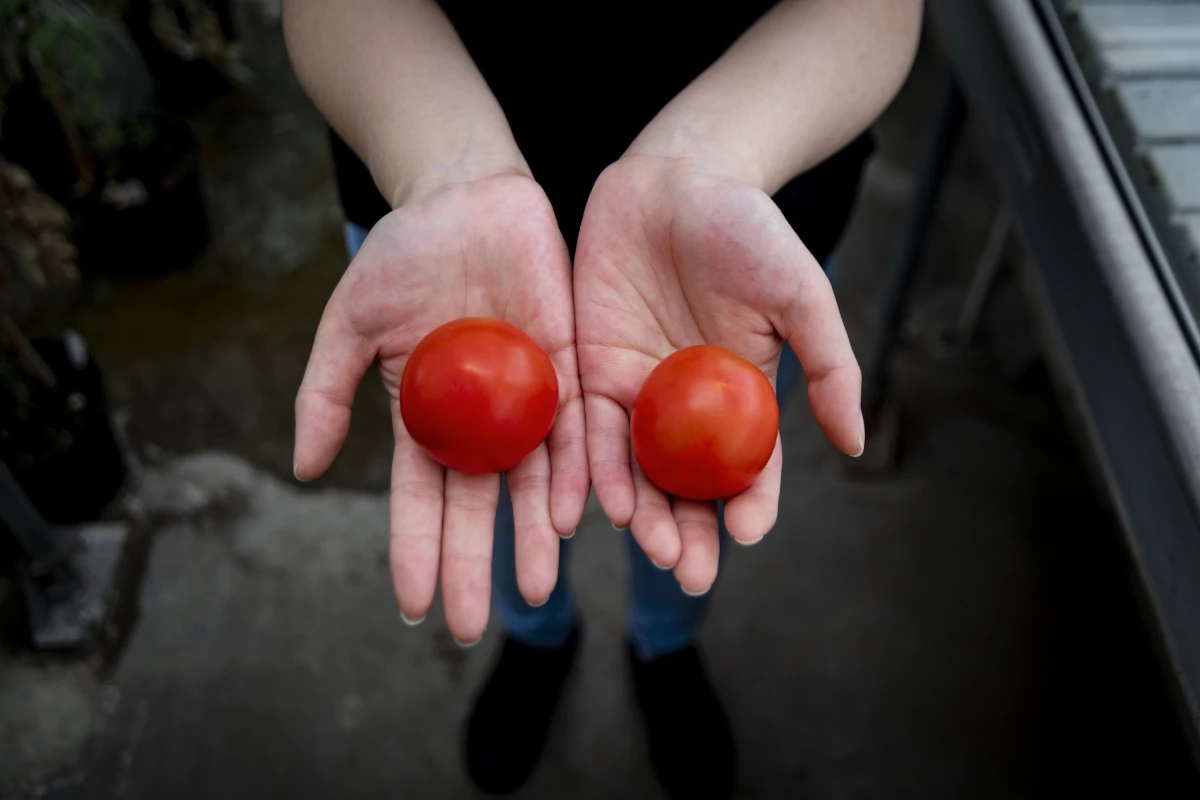Vitamin D deficiency is a growing health issue, but very few foods are rich in the nutrient. To help combat the problem, scientists have now used CRISPR gene editing to fortify tomatoes with vitamin D.
By helping the body absorb and retain calcium and phosphorus, vitamin D is especially crucial for good bone health and strengthening the immune system. However, it’s tricky to get enough of it through food alone, with the majority of it produced in the skin in response to UV light from the Sun.
Unfortunately, many people still don’t get enough of it, with an estimated one billion people worldwide affected by vitamin D deficiency. This seems to increase a person’s risk of heart disease, some cancers, autoimmune diseases, and weaker bones and muscles, among other conditions.
For the new study, researchers at the John Innes Centre set out to provide a new source of vitamin D by genetically engineering tomatoes. The fruit is already known to naturally contain a vitamin D precursor known as 7-DHC, albeit at very low levels and only in the leaves, which aren’t usually eaten.
To change that, the researchers used the CRISPR-Cas9 gene-editing system to switch off a specific enzyme in the tomato genome that normally converts 7-DHC into other molecules. Without that enzyme, 7-DHC accumulates in the flesh, peel and leaves of the tomato at much higher levels. Importantly, blocking this enzyme didn’t affect the growth, development or yield of the tomato plants.
Just like in human skin, the 7-DHC could be converted into vitamin D3 by exposing the tomato to UVB light. Afterwards, one tomato was found to contain as much vitamin D as two eggs or 28 g (1 oz) of tuna, and this could be increased in, for example, sun-dried tomatoes.
In addition to making the fruit of a tomato more nutritious, the team says that the vitamin-D-rich leaves could also be used to make supplements, rather than going to waste. Other plants, like aubergine and potatoes, have the same biochemical pathways, meaning the same kind of gene-editing could be used to make them more nutritious too.
The research was published in the journal Nature Plants.
Source: John Innes Centre




